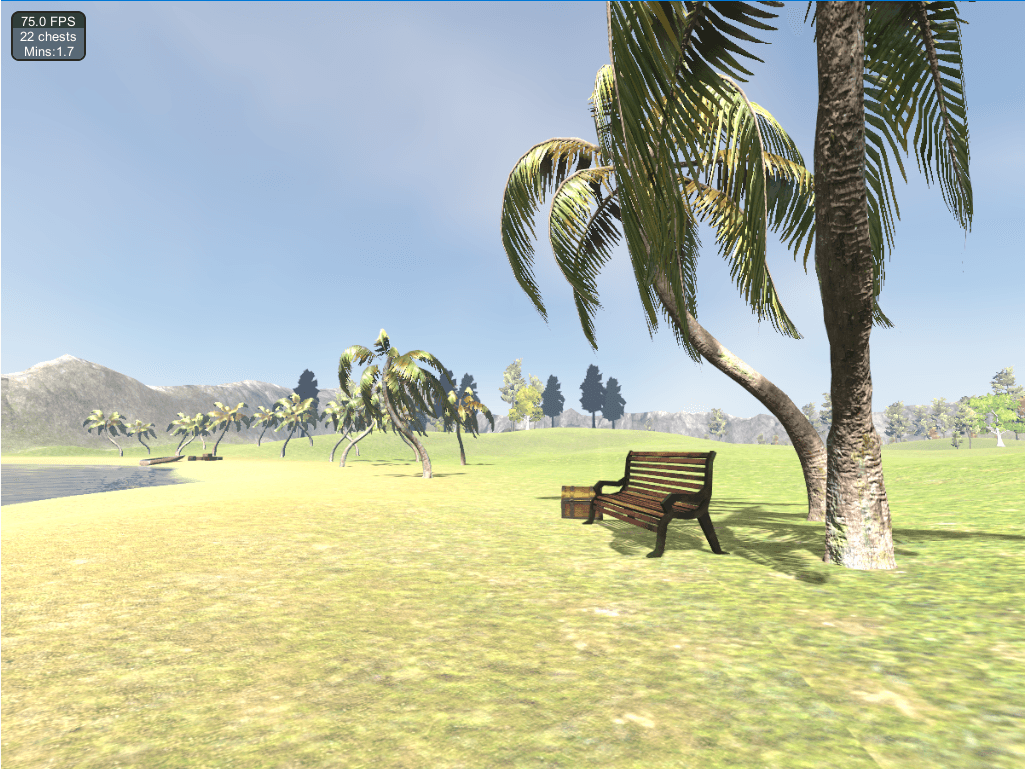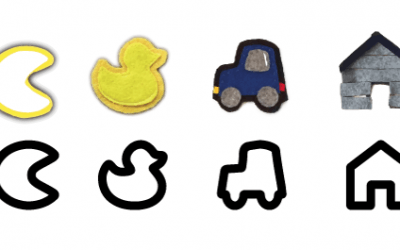Technology & Vision
We are currently supported by grants from:
- Auckland Allied Health Alliance (AAHA): Using Eyetracking to objectively measure ocular deviations.
- NZOVRF: Virtual Reality based Perimetry.
We have available projects at PhD level


Investigating neural physiology

The safety of virtual reality
Current projects
Using Computer-based Eye Tracking to Measure Binocular Fusion
Eye trackers and 3D display technologies are now widely available and economical, but are they useful in the clinic? These devices have potential uses in automated assessments of binocular eye movements and for vision training, but we need to ensure that they produce...
A device for the measurement of visual function for use with young children
The earlier a vision problem is detected, the greater the benefit to be derived from a treatment intervention. However, there are currently no reliable, objective and clinically usable tests available today, that allow for the measurement and detection of vision...
‘The Auckland Optotypes’ displayed on a tablet computer work well to identify children with vision loss
In NZ we have an excellent ‘before school’ screening program. Screening includes a test of the finest detail a child can see (visual acuity). Ideally, the test would be able to separate children with good vision from those who should see an eye doctor. We compared a...



